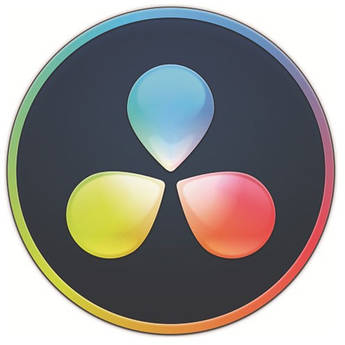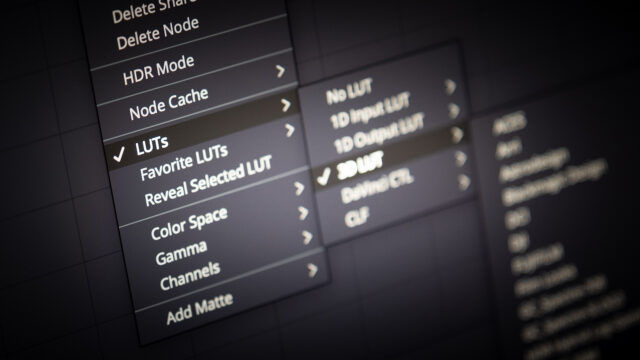Quick Tip: DaVinci Resolve Basics of Using LUTs
Music Courtesy of MusicVine.com Get 25% off your next music license with code C5D25 (valid for one use per customer)
In this cinema5D Quick Tip Video, I‘ll show you how to work with LUTs in Blackmagic DaVinci Resolve and how to avoid a mistake that many Resolve users make when starting out using LUTs. This tip is relevant for both the Studio- and the free version of DaVinci Resolve.
A Few Words first
Much of what I learned about software and techniques, for the last decade or so, I have learned online.
There are lots of free and paid tutorials out there on the internet. Some better than others but with time and effort, it‘s possible to learn just about anything including post-production software and filmmaking techniques.
I love comprehensive, hours-long step-by-step tutorials that walk you through whole software packages. But what I love even more are those small ones that focus around one specific piece of knowledge.
I find it exciting to learn a new little trick that speeds up my workflow, improves quality or lets me do some cool new stuff.
Because I think you might also be interested in such little nuggets of knowledge, I‘ll share what I have collected over the years.
Oh, and one last thing: I did some teaching in the past, but it’s the first time I’m talking directly on camera — like most camera people I don’t fancy being in front of the lens, but I bit the bullet for you guys. :-)
To LOG or not to LOG
Because I would have loved to know what’s in this first Quick Tip Video when I began using Resolve, I have decided to start with a tip about LUTs.
Since the advent of cameras that shoot LOG gamma many filmmakers very often employ LUTs to normalise their footage to REC.709 or REC.2020, convert colourspaces and to creatively style their productions.
I don’t particularly like using LUTs — mainly because they “throw away” image information as you will see in der video — but sometimes it’s unavoidable or convenient.
While DaVinci Resolve is a powerhouse of a software package, it does not hold your hand in any way and it’s easy to make mistakes that can mess up your work big time.
In this tutorial, I covered the basics of how to properly use LUTs for whatever purpose. I used a LUT that normalises LOG down to REC.709, but the principles apply to LUT usage in general.
If you have questions, ideas, suggestions or maybe have a little gem of knowledge to share yourself, please put them in the comments!


























